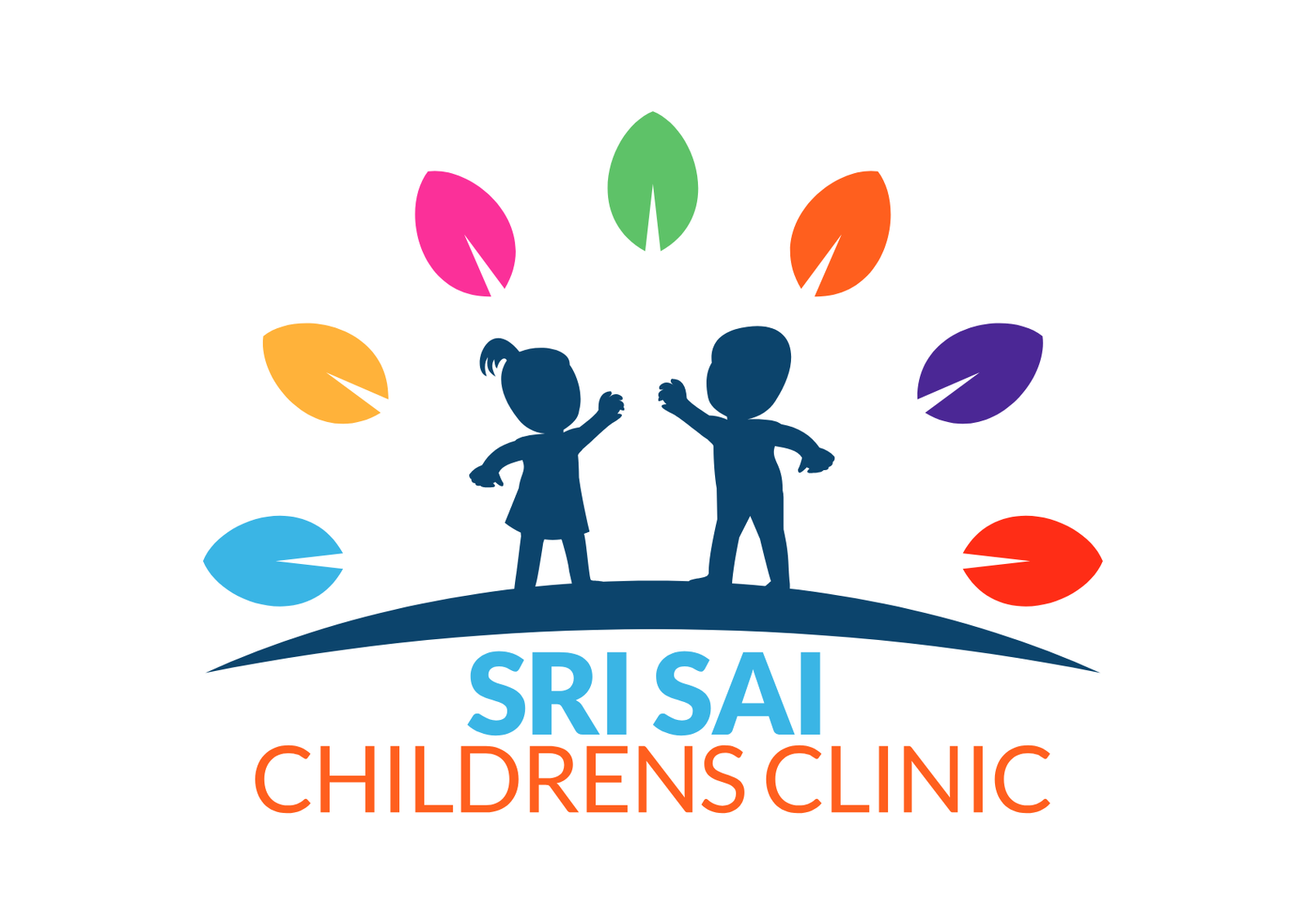what are the Common Symptoms of Allergies

What Your Body Is Trying to Tell You
Allergies are more than just sneezing during springtime. From food to pollen to dust, allergens affect millions of people every year. For digital marketers working with healthcare brands, understanding and sharing accurate information about allergy symptoms can boost credibility, engagement, and user trust.
In this blog, we’ll break down the common symptoms of allergies, why they happen, and how your marketing strategy can effectively communicate health information to the right audience.
What Are Allergies?
An allergy is your immune system’s overreaction to a substance that’s normally harmless — such as pollen, pet dander, certain foods, or even insect stings. These substances are called allergens.
When your body comes into contact with an allergen, it produces antibodies that trigger the release of histamine, which causes the symptoms you feel.
Top Allergy Symptoms to Watch For
Whether seasonal or year-round, allergy symptoms can range from mild to severe. Here's a list of the most common ones:
1. Sneezing
A rapid-fire sneeze attack is often your body’s way of clearing allergens like pollen or dust from your nasal passages.
2. Runny or Stuffy Nose (Allergic Rhinitis)
Nasal congestion or a dripping nose is one of the most frequent signs of airborne allergies.
3. Itchy, Watery Eyes
Red, itchy, or teary eyes are common when pollen or pet dander is present. This is called allergic conjunctivitis.
4. Skin Reactions
Rashes, hives, or eczema flare-ups may indicate an allergic reaction to food, medication, or skin products.
5. Coughing or Wheezing
Respiratory symptoms can indicate more serious allergies or even asthma. Dust mites, mold, and pet dander are frequent culprits.
6. Shortness of Breath
This may be a sign of a more serious allergic reaction and requires medical attention — especially if it comes with swelling or dizziness.
7. Digestive Issues
Bloating, stomach pain, or vomiting may occur due to food allergies (like peanuts, dairy, or shellfish).
8. Anaphylaxis (Severe Reaction)
In rare cases, exposure to allergens can trigger a life-threatening reaction involving:
- Swelling of the throat
- Difficulty breathing
- Drop in blood pressure
- Loss of consciousness
Immediate medical treatment is critical in such cases.
Spread Awareness
- Educate audiences with real value
- Increase organic traffic through health-focused keywords
- Position your client as a trusted health resource
- Drive conversion via call-to-actions for allergy tests, teleconsultations, or symptom checkers
Bonus Tips for Health Brands
- Use infographics to visualize symptoms
- Highlight seasonal allergy trends in blogs or social media
- Encourage email sign-ups for health tips and updates
- Use FAQs to target voice search queries
Final Thoughts
Allergies are common, but they should not be ignored. Recognizing the symptoms early can help people avoid complications and live more comfortably. As a digital marketing company, creating content that is medically accurate, easy to understand, and well-optimized can boost both user trust and brand engagement.

